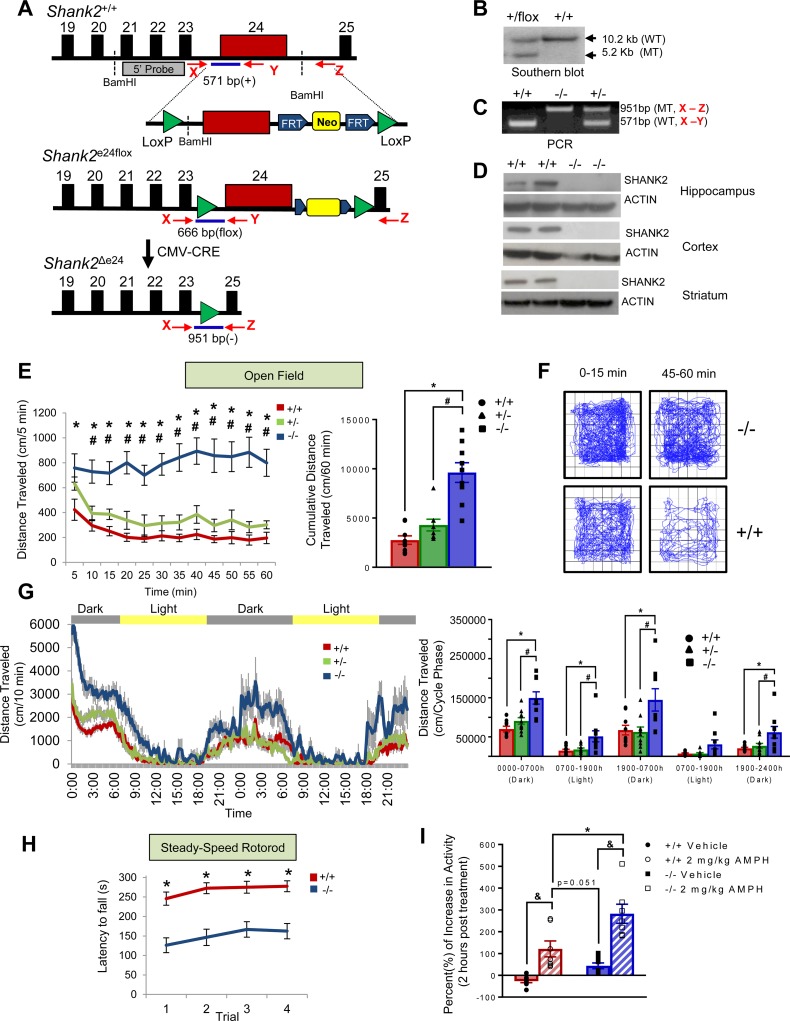Figure 1. Generation of Shank2Δe24 mutant mice and mania-like behaviors in these mutants.
(A) Generation strategy for e24 floxed (e24flox) mice and deletion of exon 24 (Δe24) (arrows show genotyping primers X, Y, and Z listed in Supplemental Table 2). The construct shows the loxP (green), FRT (blue), and the Neo cassette (yellow) sites. (B) Genotyping of Δe24+/flox mice by Southern blot using a 5′ flanking probe. WT, wild type. MT, mutant. (C) Genotyping e24+/+, Δe24+/–, and Δe24–/– mice by PCR using primers X, Y, and Z as diagramed. (D) Absence of SHANK2 protein by western blotting in hippocampus, neocortex, and striatum in e24+/+ and Δe24–/– mice. (E) Augmented open-field locomotor activity in Δe24–/– mice compared with Δe24+/– and e24+/+ animals depicted in 5-minute segments (left) or as cumulative distance traveled (0–60 minutes) (right). The data are presented as mean ± SEM. *P < 0.05, +/+ vs. –/–; #P < 0.05, +/– vs. –/–; n = 8–9 mice/genotype (see Supplemental Table 1 for details of the animal cohorts used for the behavioral analysis and Supplemental Table 5 for details of the statistical analyses for all behavioral tests). (F) Profiles of locomotion in first and last 15 minutes during the 60-minute test in open field show that Δe24–/– mice were hyperactive and failed to exhibit habituation during exposure to the open field relative to e24+/+ control. (G) Locomotor activity in the open field in 10-minute segments (left) and as cumulative distance traveled (right) in Δe24–/– mice were higher than that for e24+/+ and Δe24+/– mice during both the light and dark phases over a 48-hour period (RMANOVA: *P < 0.05, +/+ vs. –/–; #P < 0.05, +/– vs. –/–; n = 8–9 mice/genotype). (H) Latency to fall from the rotarod was decreased in Δe24–/– mice compared with e24+/+ mice (RMANOVA: *P < 0.05, +/+ vs. –/–; n = 20–21 mice). (I) Acute treatment with amphetamine (AMPH) augmented the hyperactivity in Δe24–/– mice relative to untreated animals. The percentage increase in the cumulative distance traveled in Δe24–/– mice relative to baseline (2-way ANOVA: &P < 0.05, AMPH treated vs. vehicle; *P < 0.05, AMPH treated +/+ vs. –/–; n = 7–9 mice/genotype).

